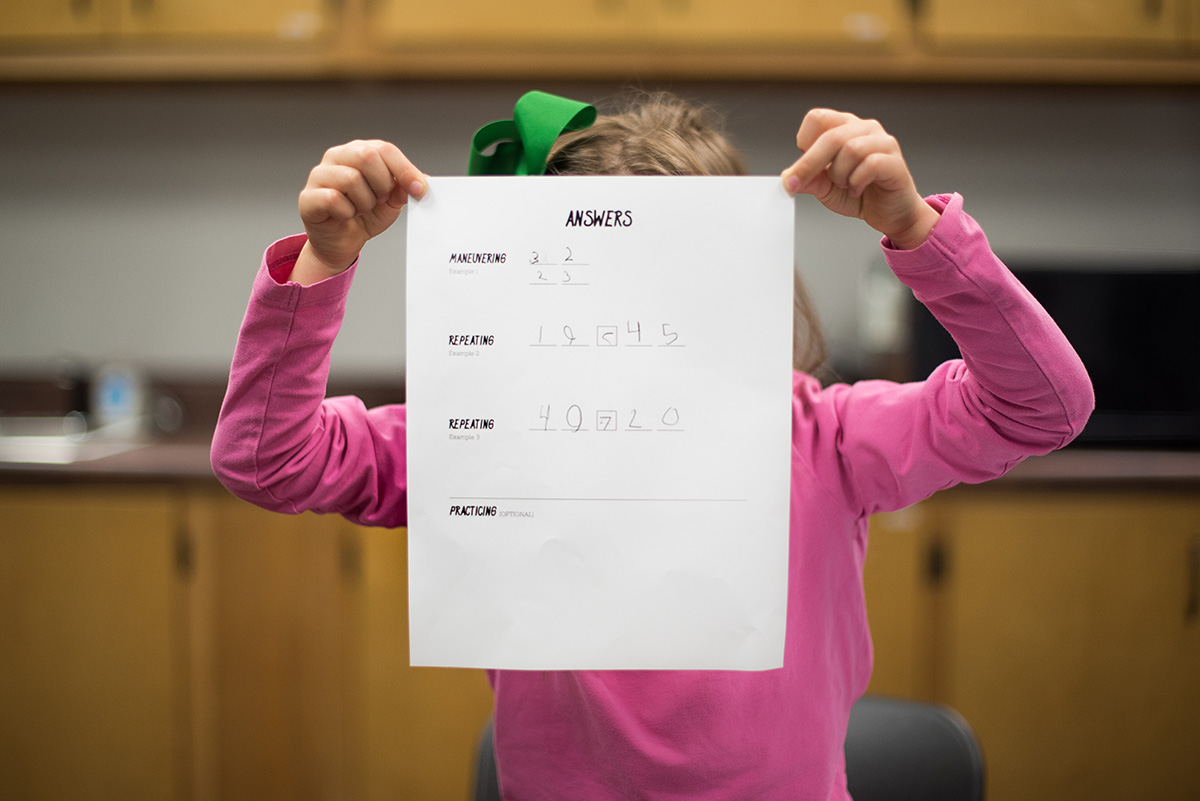
As a homeschool dad, I found it easy to fall into the trap of believing that my young child understood a number because she could say it and count to it. When my second daughter was in kindergarten, we enjoyed skip counting to a trillion by 100 billions. She felt like she grasped the number 1 trillion. But I was overlooking place value and the role it plays in deep understanding of foundational math concepts.
The concept of place value is crucial not only in gigantic numbers but also in more relatable numbers. It’s so easy for a six-year-old to recognize and count to a number such as 23 but not understand what the 2 and the 3 mean in practical, real-life experience.
One of the best ways to develop your child’s understanding of place value is through less-than and greater-than activities. Doing hands-on exercises develops number sense that will enable your child to solve real-world problems.
Preparing
- Cut out twenty small squares of paper and ten strips of paper (ten squares each). [You can make strips and squares using the first page of the printable, or use the counting cubes from the Math 1 Student Manipulatives packet.]
- Label three sheets of paper, the first as “Ones,” the second as “Tens,” and the third as “Answers,” or use pages 2–4 of the printable.
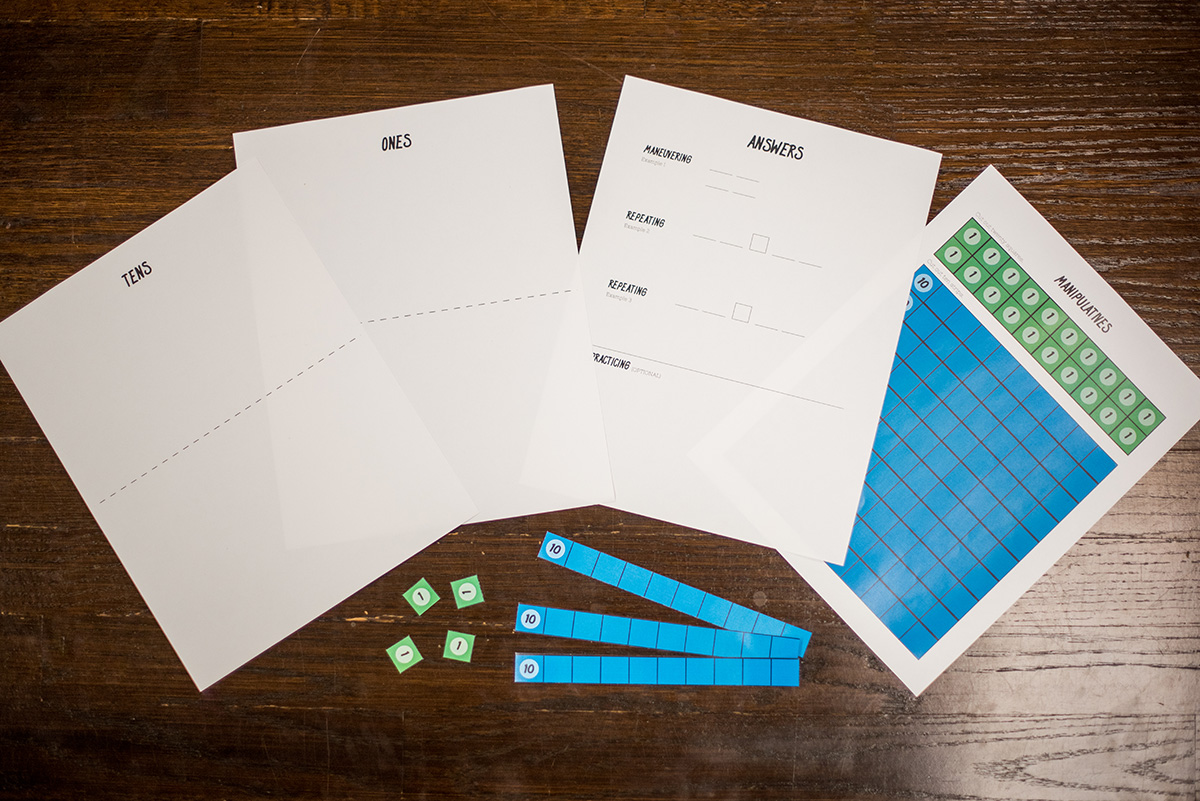 Maneuvering
Maneuvering
Give your child the following instructions orally, and guide him in carrying them out.
- Position the Tens paper and the Ones paper side by side with the Tens on the left. Make the number 32 on the top half of the Tens paper and the Ones paper.
- Skip count the tens aloud (i.e., count 10, 20, 30).
- Count the ones aloud (i.e., count 1, 2).
- Write the number on the answer sheet (i.e., 32).
- Now make the number 23 using the bottom half of the Tens paper and the Ones paper.
- Skip count the tens and count the ones.
- Write the number immediately below the 32 on the answer sheet (Example 1).
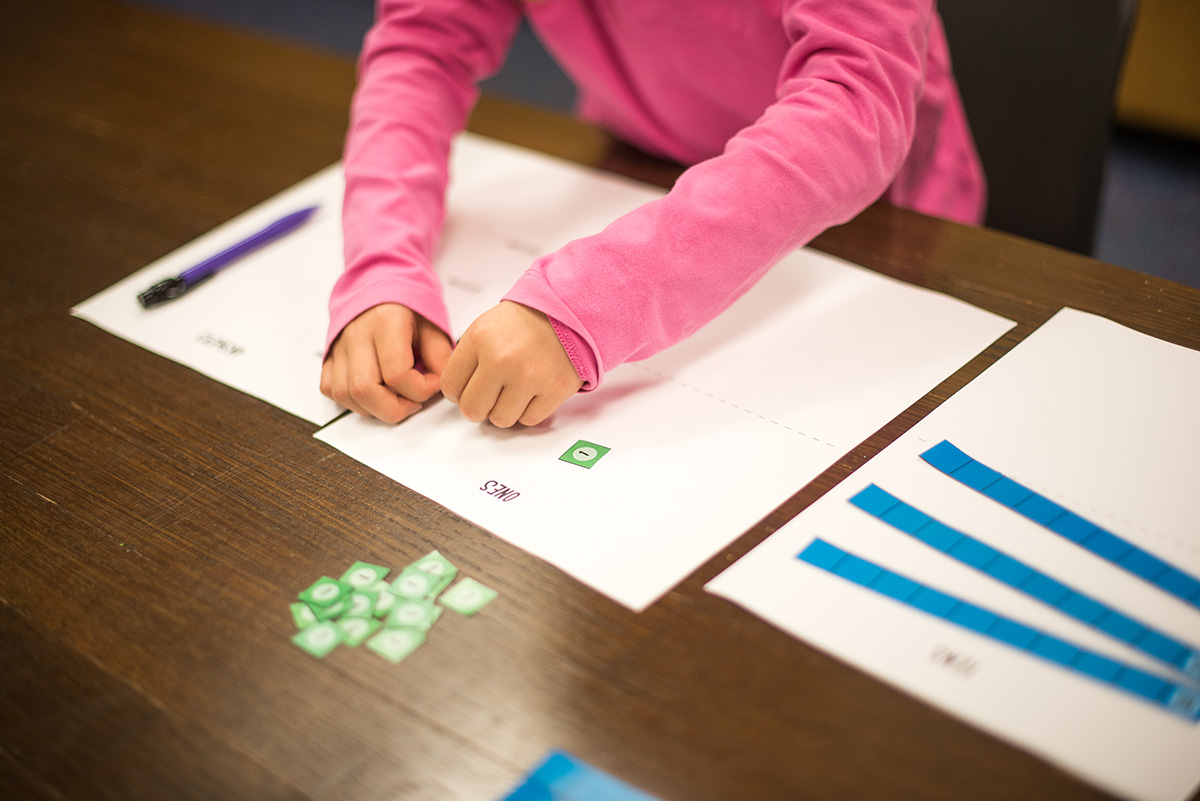
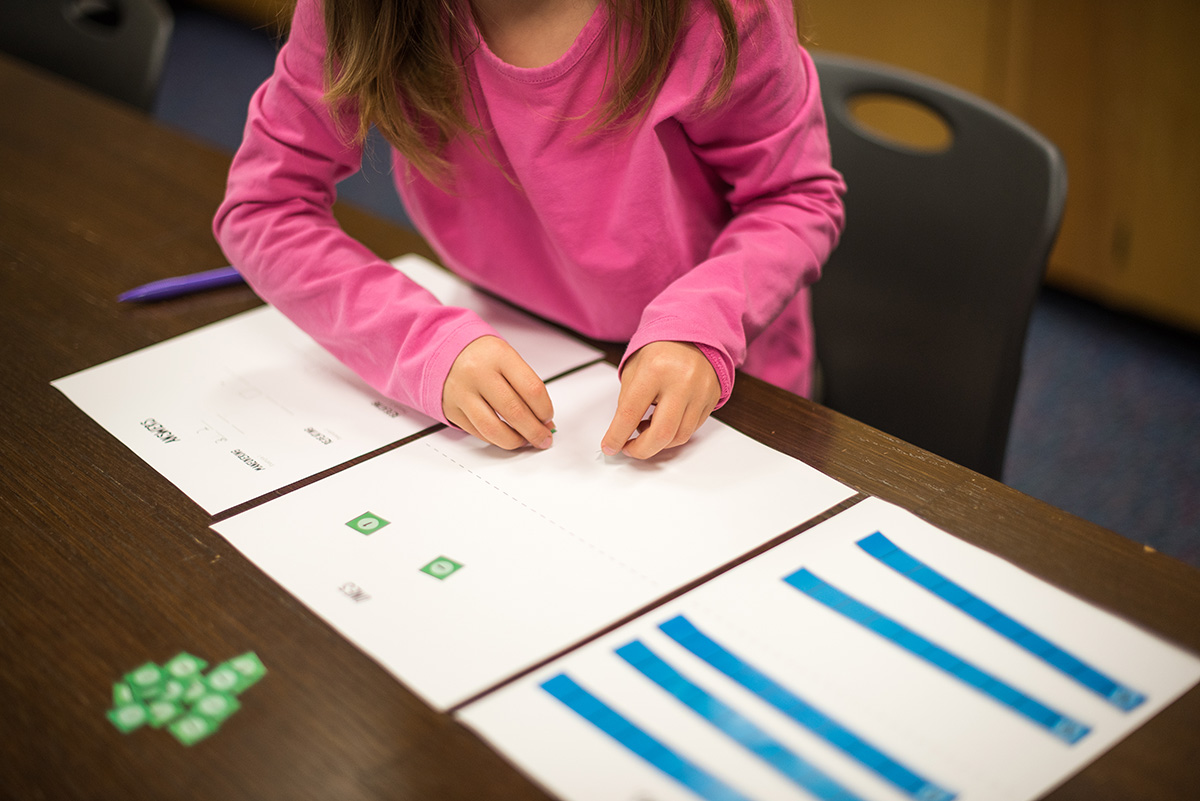
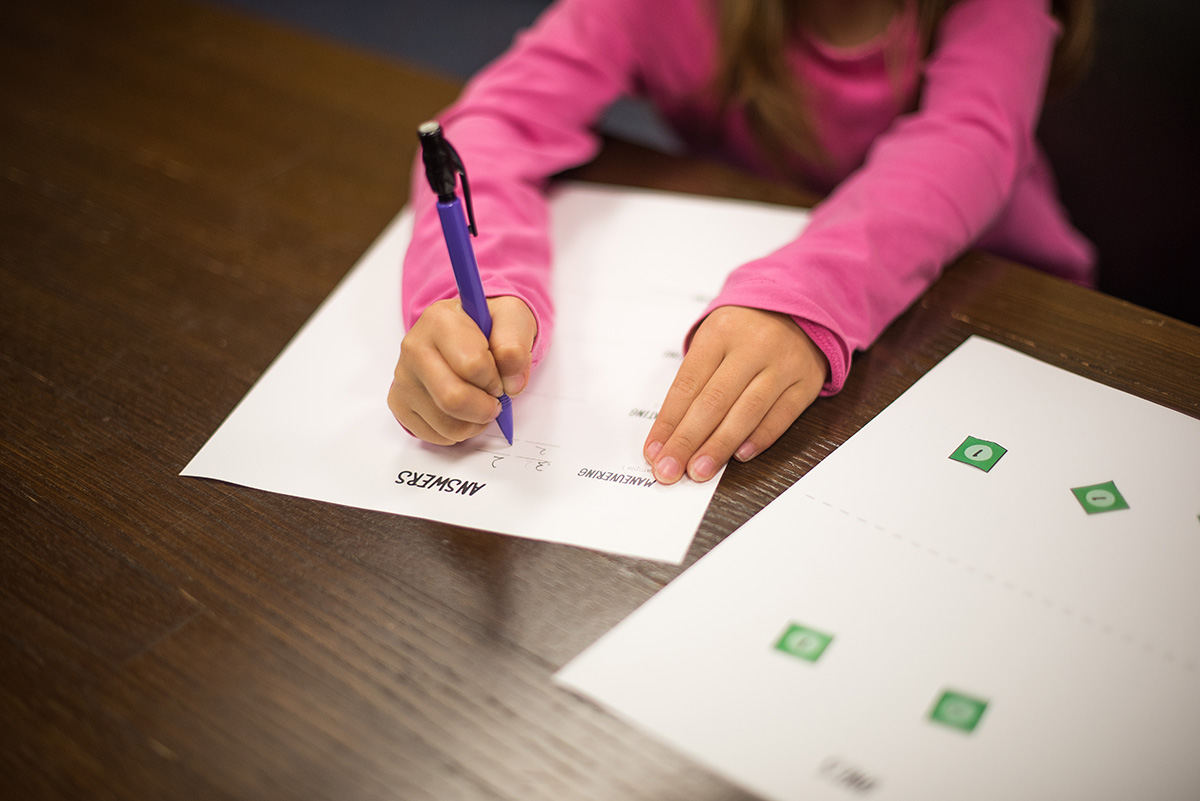 Observing
Observing
This is the key point in the activity. You’re ready to ask your first-grade child to make some comparisons based on what he’s observing with the manipulatives.
- Ask, “Which group is bigger, the one on the top (32) or the one on the bottom (23)?”
- Follow up with, “Which one has more ones?” and “Which one has more tens?”
- Finally ask, “Which place should you look at to determine which number is bigger (greater), the ones place or the tens place?” Have your child respond by circling the correct digit on the answer sheet.
Repeating
- Remove the strips and squares from the Tens and Ones pages. Go through the process of building 19 and 45 but without the counting steps.
- Tell the child to write the numbers side by side with a box in between (Example 2).
- Ask which number is larger. The child should indicate his answer in the box by drawing the < symbol in the box.
- Now have your child pick two numbers (greater than 10 and less than 50) to repeat the activity.
- Have your child guess which number is larger before building the two numbers.
- Guide him in writing the numbers with a box in between and then drawing the correct symbol in the box (Example 3).
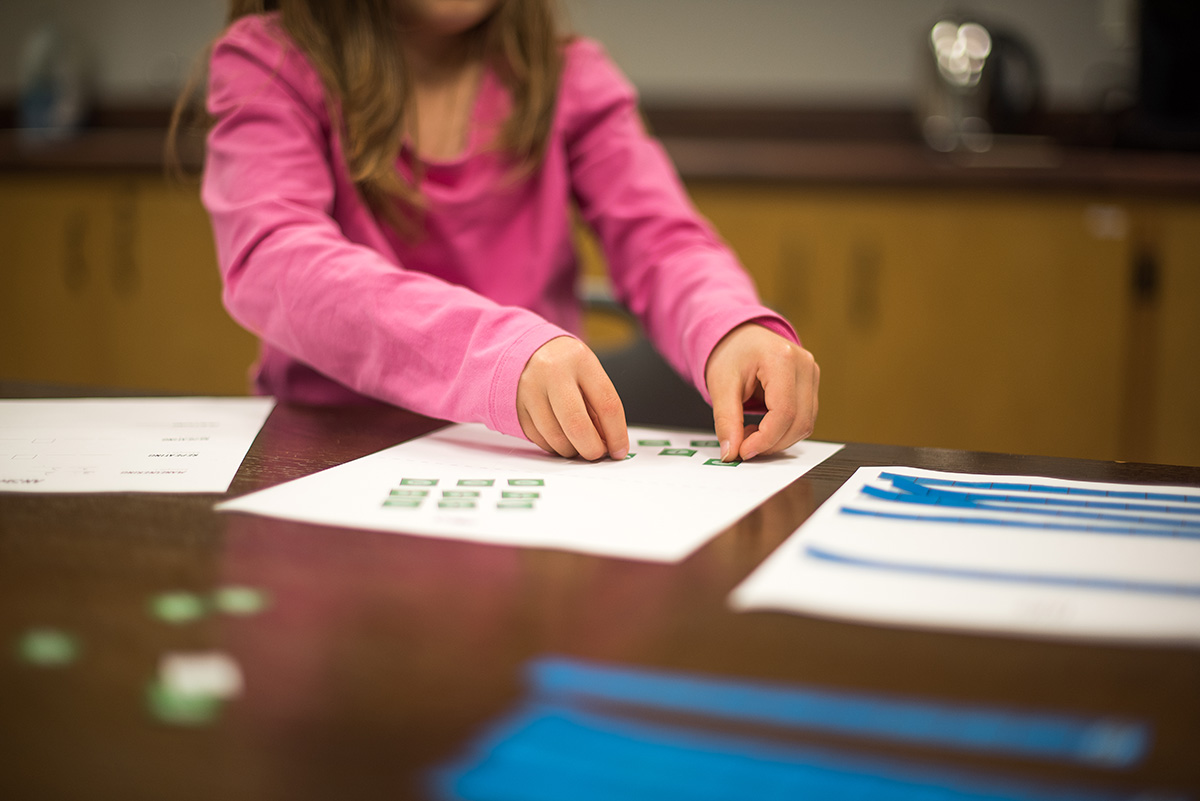
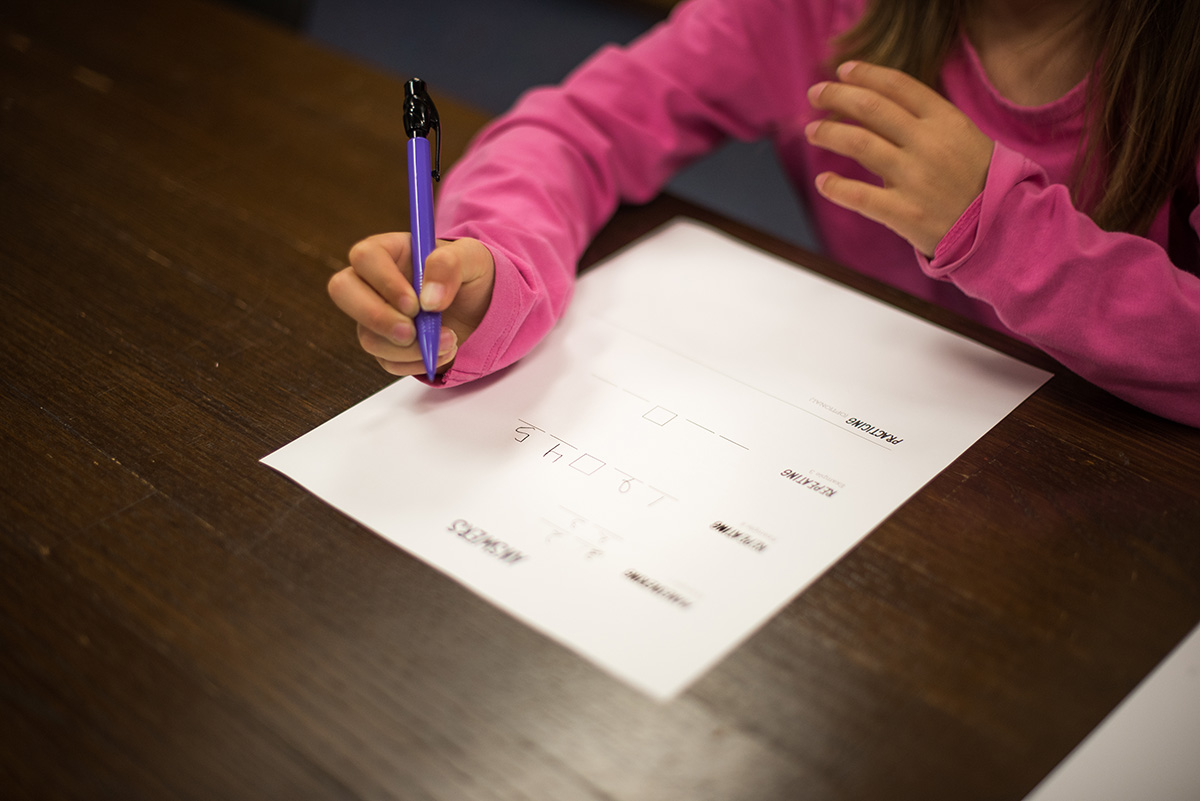 Practicing
Practicing
Write out five or six less-than or greater-than problems for your child to practice what he just learned. Encourage him to make each number on the Tens and Ones pages before writing in the greater-than or less-than sign.
Try to spend about twenty-five minutes on this activity before moving on to something else.
Do the the activity again on another day with different numbers to continue developing your child’s number sense and understanding of the critical role that place value plays in determining how large a number is.